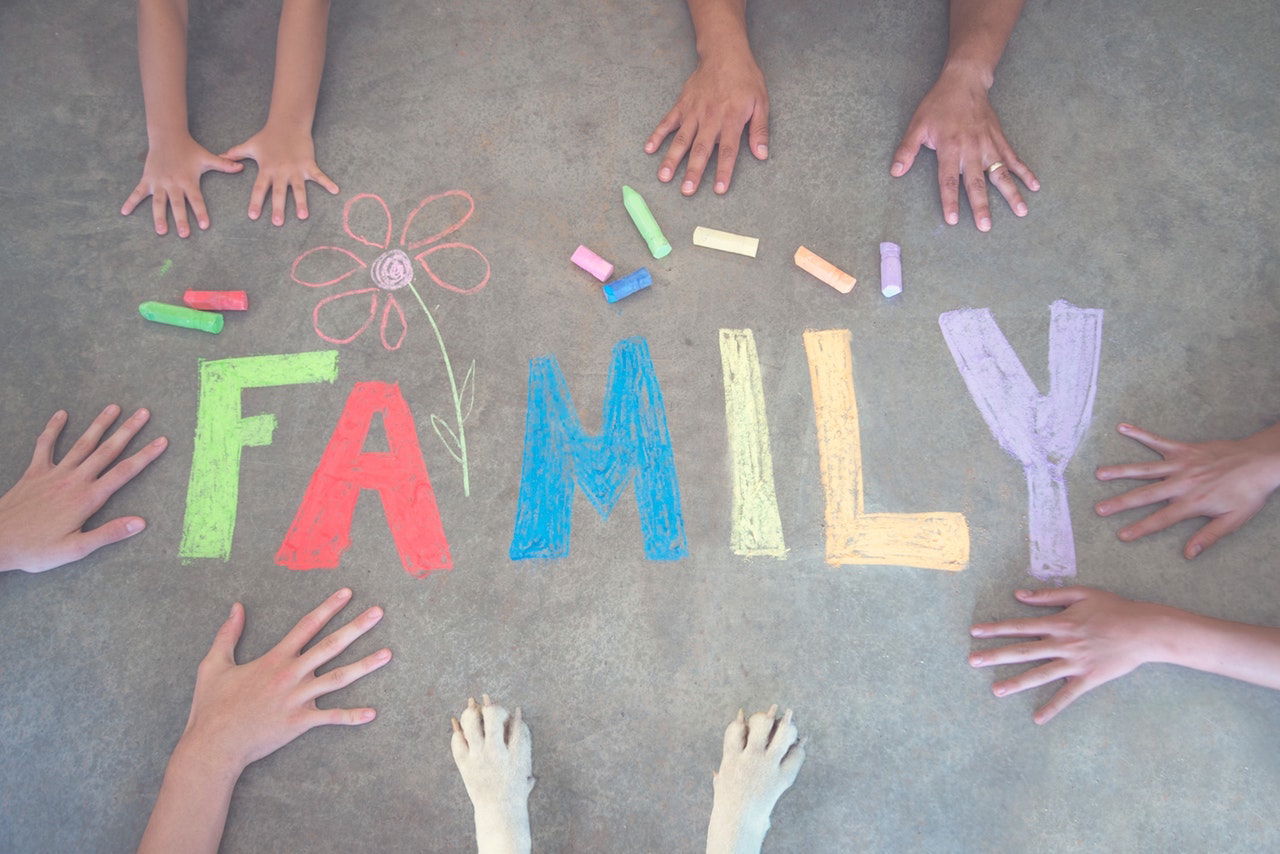Highlights
Betsy’s* father, Jim, and her stepmother, Marie, married when she was 13 years old. Betsy and Jim then welcomed Marie and her two daughters, one a year older and one a year younger than Betsy, into their family home. The three stepsiblings journeyed through the ups and downs of their teen years together. Now 30 years later, the family members all live within 20 minutes of each other. Betsy speaks admirably of the loving relationship she has witnessed over the years between her father and stepmother.
I thought of Betsy’s stepfamily as I read the new report, A National Portrait of Stepfamilies in Later Life, authored by family scholars I-Fen Lin, Susan Brown, and Cassandra Jean Cupka. Lin and Brown first coined the phrase “gray divorce” in 2012 in their study of the rising divorce rates of older Americans. In this new study, they describe the prevalence and composition of today’s married and cohabiting stepfamilies, where at least one partner is over age 51.
Analyzing data from the 2012 Health and Retirement Study, the authors construct a snapshot of later life stepfamilies. Highlights include:
- Over 40% of couples in which one partner is aged 51 or older are in a stepfamily.
- Of all stepfamilies, 86% are married couples and 14% are cohabiting couples.
- Among married stepfamilies, 54% are simple stepfamilies (where only one partner has a child from a previous relationship) and 46% are complex stepfamilies (where both partners have children from previous relationships).
- Socially and economically, couples in married intact families fare the best, followed by couples in married stepfamilies, and lastly couples in cohabiting stepfamilies.
- Partner relationship quality indicators (level of closeness, levels of positive and negative support received from the partner) were largely similar for all three categories of family. All couples reported a high level of closeness, high levels of positive support, and low levels of negative support, with only cohabitating couples reporting a slightly lower level of closeness.
- Contrary to the authors’ expectations, the partnership relationship quality indicators were ranked consistently well for both simple and complex married stepfamilies.
In sum, for older Americans, marriage is a good thing. However, while marriage is a good in general, marriage under the stress of caregiving remains understudied. The authors note that important questions remain concerning stepfamily caregiving and support, an inevitable reality faced by many older adults today. When elder care is needed, a spouse tends to serve as the primary caregiver. The findings of this study may bode well for the future of elder care. With couples in all three categories of family reporting high levels of closeness and high levels of positive support, it appears highly likely that spouses will care for one another during periods of infirmity and illness.
Beyond spousal support, though, what role will the stepchildren play? Elder care needs tend to engage grown children in the lives of their parents in an intensified way. A car accident, a cancer diagnosis, or a fall pulls a grown child back into the day-to-day life of parents. Suddenly, financially and emotionally stressful decisions must be made between the parents and the constellation of siblings, half-siblings, and stepsiblings.
Few studies of caregiving stepfamilies have been conducted. In a 2013 study of stepparents and dementia caregiving, over half of widowed parents reported stepchildren in their positive support network, but the remaining percentage of respondents reported stepchildren as a negative or non-existent source of support. Naomi Cahn and I found in our research of elder care that grown children and stepchildren can be a healthy and devoted source of support for a parent or stepparent, but they can also add stress when the complex connections within a family system are unclear or strained. A couple with biological children and stepchildren benefit from clearly communicating with all the members of the family about their wishes for care, settling their estate, and burial.
Elder care not only can stress the relationship between parents and children but also can cause conflict among the half and stepsiblings as well. A stepchild who is included in the care equation can experience stress in his or her relationship with siblings, half-siblings, and stepsiblings. For example, last April, Betsy, whose stepfamily story opened this piece, became a family caregiver for her stepmother, Marie, who was diagnosed with cancer. As a treatment plan was put together, Betsy and her stepsisters rallied around their parents, offering hands-on care and emotional support. While Betsy’s father served as the primary caregiver and decision-maker for Marie, the three girls were positive sources of support.
Emotions ran high as they gathered together at Bill and Marie’s home to celebrate what many thought would be their final Thanksgiving with Marie. That evening, Betsy’s stepsisters called the family into the living room to announce that they had gotten matching tattoos of their mother’s favorite Bible verse. Marie smiled and hugged them, and then asked to see Betsy’s tattoo. Chagrined, the two sisters confessed that they had not included Betsy because she was not their blood family. Not only was Betsy hurt, but Marie responded with tears, yelling that she could not believe the girls would leave Betsy out.
Over the next week, Bill and Marie called several family meetings with the three daughters to process the hurt feelings and work towards mending relationships. Bill and Marie embody the high level of closeness and positive source of support reported in this new study by Fen, Brown and Cupka; relationship qualities that help mediate conflicts among children in complex families.
Betsy expressed gratitude that her parents were taking the lead to help them act like a family, although she wondered how close she would be with her stepsisters once Marie dies. In the meantime, however, remarriage appears to be a good thing in later life for this couple, even under the strain of end-of-life care.
*All names and identifying details have been changed.
Rev. Amy Ziettlow is pastor of Holy Cross Lutheran Church and the author (with Naomi Cahn) of Homeward Bound: Modern Families, Elder Care and Loss.














